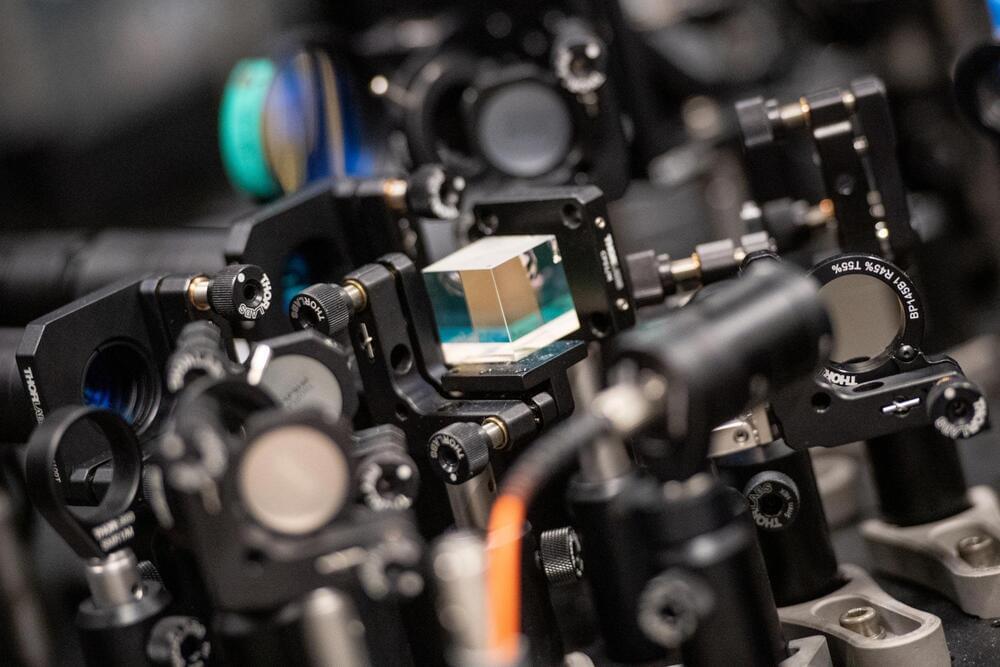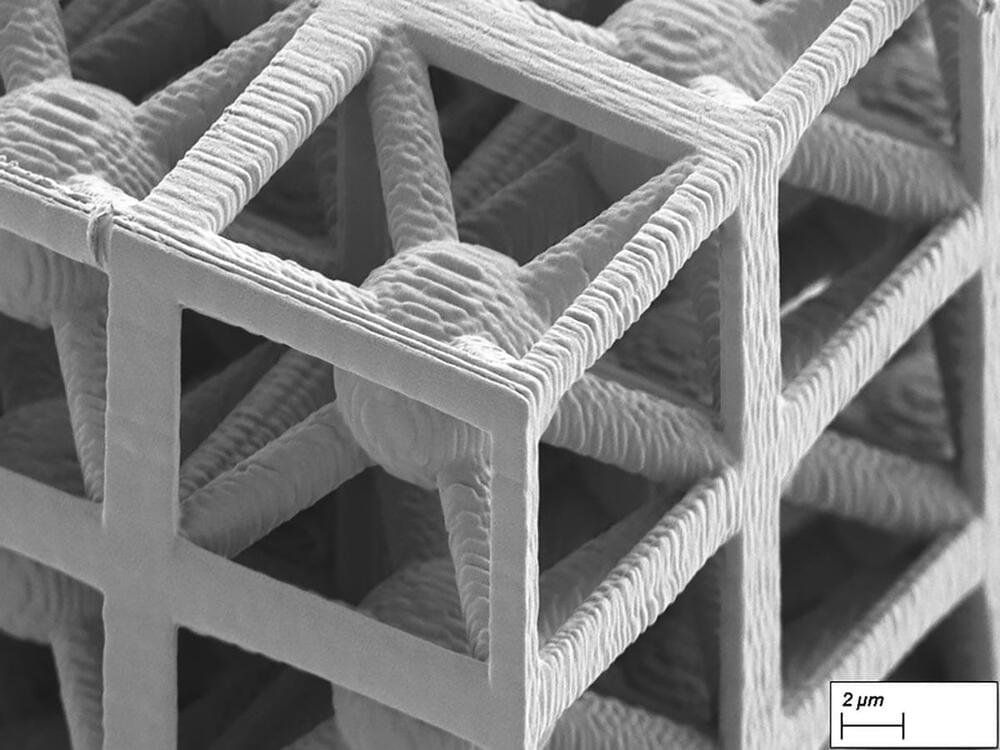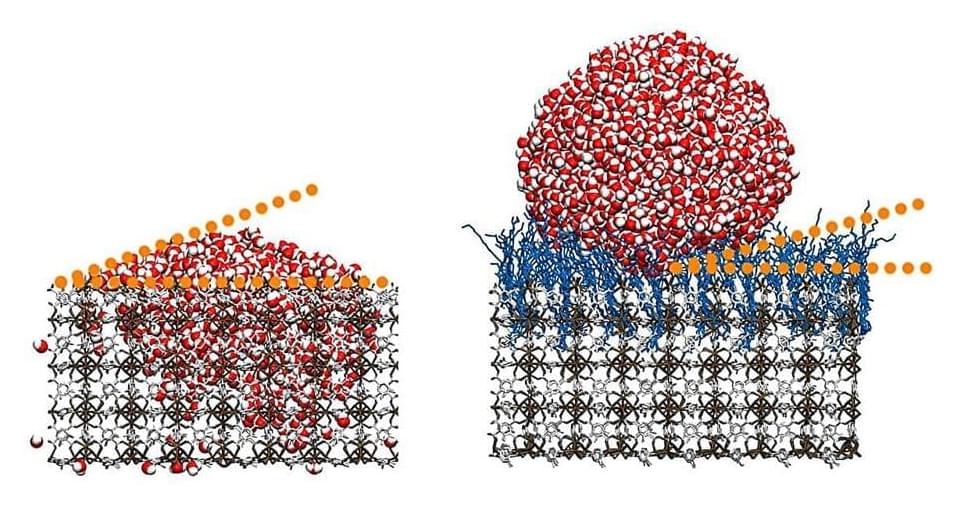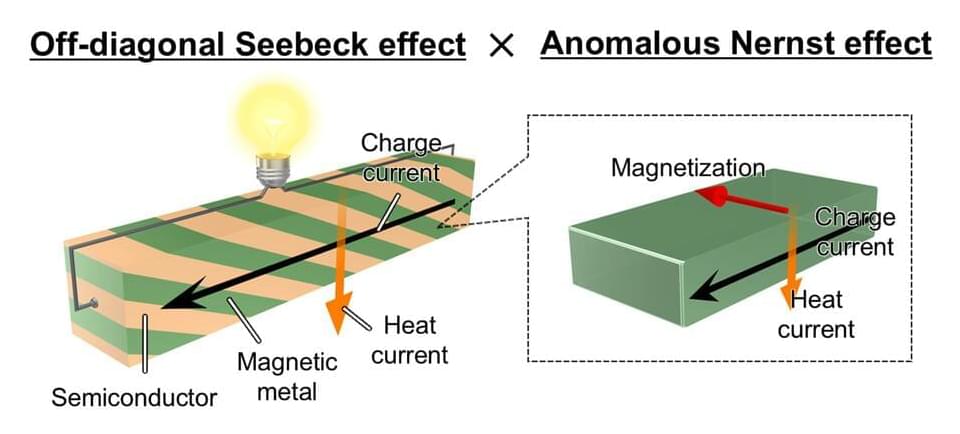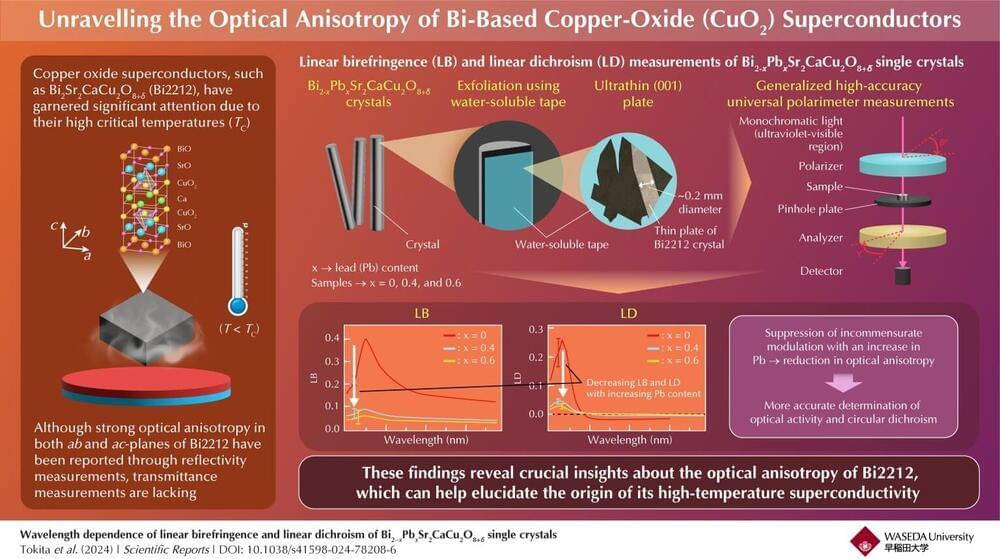Dec 16, 2024
Dual Layers, Infinite Potential: Scientists Investigate Novel Quantum Materials
Posted by Saúl Morales Rodriguéz in categories: materials, quantum physics
Physicist Christian Schneider has been awarded a prestigious Consolidator Grant from the European Research Council (ERC) for his groundbreaking research into two-dimensional materials and their optical properties. Schneider, a professor at the University of Oldenburg in Germany, will receive approximately two million euros in funding over the next five years to support his “Dual Twist” project.
This research focuses on a novel class of atomically thin materials and their remarkable properties, which hold significant promise for advancing optical technologies.
Together with his team, Schneider will develop experimental set-ups specially designed to study the unique properties of the materials under investigation using light, and pave the way for their application in novel quantum technologies. ERC Consolidator Grants aim to support excellent scientists conducting innovative research in Europe and help them to consolidate their scientific independence. Out of a total of 2,313 applications, the ERC has now selected 328 projects for funding, 67 of which are based in Germany.
